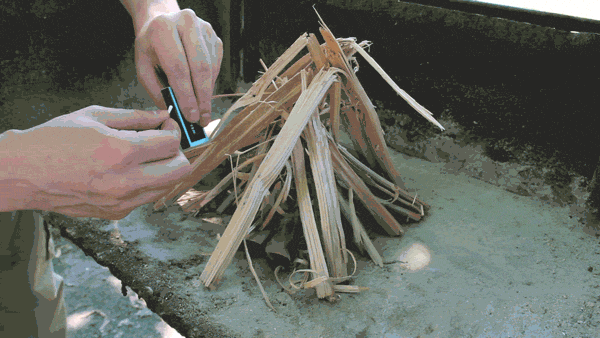Happy merciful Friday War & Peaceniks - let’s light this fire!
In her important book Media Disrupted, one of my favorite media thinkers, Amanda Lotz, identifies and dismantles our collectively shared “mistruths” about how and why different segments the media industry has been disrupted.
Keep reading with a 7-day free trial
Subscribe to Media War & Peace to keep reading this post and get 7 days of free access to the full post archives.




